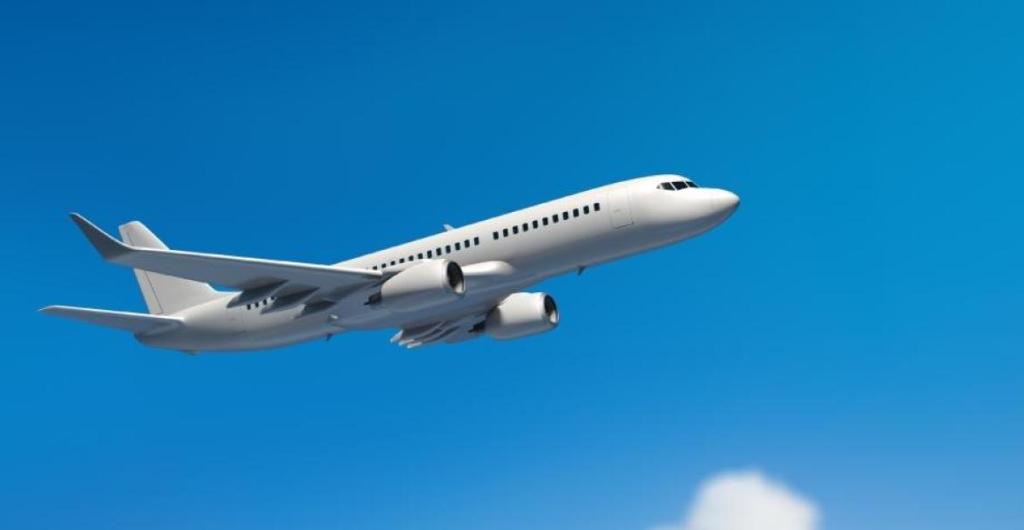Mexico’s Ministry of Infrastructure, Communications, and Transportation (SICT) has announced an unprecedented investment in the national airport sector. In partnership with the private sector, the Mexican government will allocate 134 billion pesos (approximately $7.5 billion USD) to modernize and expand 62 airport terminals across the country between 2025 and 2030. This initiative is also expected to create over 200,000 direct and indirect jobs.

What does the airport investment involve?
According to the SICT’s official social media channels, this initiative is part of a comprehensive airport infrastructure development plan aimed at upgrading Mexico’s national airport network to meet growing tourist, commercial, and logistical demand.
The investment will be made in collaboration with private companies, combining public and private funds to streamline processes, raise quality standards, and ensure broad nationwide coverage.
Which airports will be modernized?
While the full list has yet to be revealed, the plan is expected to include both high-traffic international airports and regional terminals in urgent need of upgrades.
Airports most likely to receive upgrades include:
- Cancun International Airport
- Guadalajara International Airport
- Tijuana International Airport
- Mérida International Airport
- Various southeastern and northwestern airports with tourism potential
The plan also aims to strengthen air connectivity in southeastern states like Chiapas, Oaxaca, Tabasco, and Yucatán—regions where tourism and major infrastructure projects like the Maya Train and the Interoceanic Corridor are driving increased mobility.
Job creation and economic development: the social impact
One of the key benefits of this program will be the creation of over 200,000 jobs during both the construction and operational phases. This includes:
- Engineers, architects, and specialized technicians
- Airport operations personnel
- Indirect employment in hospitality, transportation, and local commerce
This initiative also reflects the government’s commitment to economic reactivation, especially in regions with high tourism or strategic potential.
Mexico aims to become a world-class air travel hub
With air traffic in Mexico on the rise—over 120 million passengers used Mexican airports in 2023 alone—urgent modernization is needed.
Through this ambitious infrastructure plan, Mexico aims to position itself as a competitive air travel hub in Latin America, capable of attracting more foreign investment, facilitating trade, and boosting both domestic and international tourism.

- Total investment: 134 billion pesos (approx. $7.5 billion USD) between 2025 and 2030
- Airports involved: 62 terminals across the country
- Who’s investing: The Mexican government in partnership with the private sector
- Main benefits: Infrastructure upgrades, over 200,000 new jobs, and enhanced air connectivity
- Project timeline: Construction to begin in 2025 and continue through 2030
- Priority airports: High-traffic, tourist-heavy, and strategic terminals (full list pending)
- Tourism impact: Better user experience, improved connectivity, and a boost for local economies